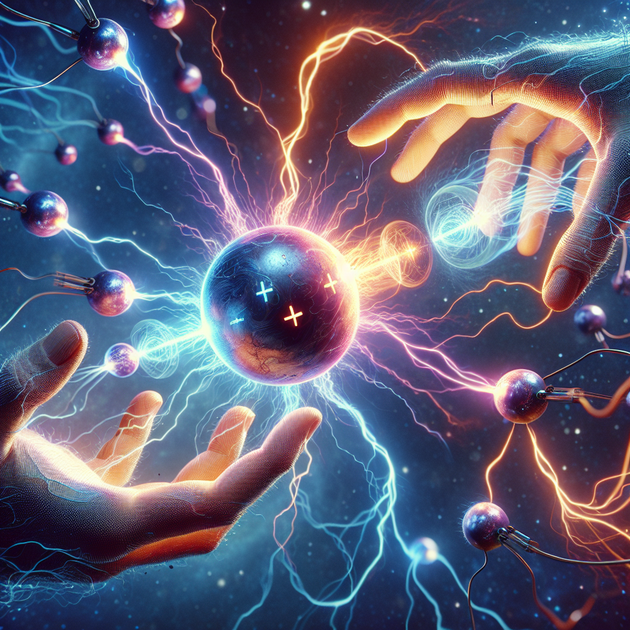No More Neutral Atoms: What If Every Atom Had a Charge?
Ever wondered what would happen if every single atom in the universe suddenly had an electric charge? It almost sounds like something out of science fiction. Yet at its core, this question about “no more neutral atoms” leads straight to some fascinating truths about how our world works—and what might happen if things changed.
What Are Neutral Atoms (And Why Do They Matter)?
At the heart of chemistry is the idea of the **neutral atom**. Most of what makes up you—the air you breathe and even your phone—relies on atoms that have an equal number of protons (positive) and electrons (negative). That balance keeps them electrically neutral. When this balance shifts just a little bit (say an atom loses or gains an electron), it becomes an ion—charged and ready to interact quickly with other things.
Here’s why neutral atoms are so important:
- Stability: Neutral atoms don’t attract or repel each other with strong forces.
- Life Chemistry: The molecules that make up living things depend on stable atomic structures.
- Everyday Materials: Solids, liquids, and gases all rely on mostly neutral atoms to exist as we know them.
In short—without neutral atoms, everything would be different.
No More Neutral Atoms—What Would Happen?
Let’s imagine if suddenly there were truly **no more neutral atoms**—every atom became either positive or negative. That sounds wild because it is! Here’s how things might change:
- Constant Attraction and Repulsion: Instead of quietly getting along side-by-side, all matter would either be pulled together or pushed apart by strong electric forces. Everyday objects could break apart or fuse uncontrollably.
- Chemistry Chaos: Chemical reactions as we know them wouldn’t work right. Water wouldn’t form properly; salt might never crystallize; proteins could unravel.
- No Electronics: Devices that rely on controlled movement of electrons (like computers and phones) would malfunction—or not exist at all.
- Matter Falling Apart: Without the balance between positive and negative charges in each atom, matter itself could become unstable.
If you’re interested in learning more about atomic structure and ions in basic terms, [Khan Academy’s introduction to atoms](https://www.khanacademy.org/science/chemistry/atomic-structure-and-properties/introduction-to-the-atom/a/what-are-atoms) is a great resource.
The Science Behind Atomic Charge
Neutrality isn’t just some random property; it’s what keeps everything from flying apart or clumping together instantly. Protons give each atom its identity (hydrogen has one proton; carbon has six), but electrons zip around those protons to balance their positive charge. When the numbers match up—voilà! The atom is neutral.
When they don’t match up? You get ions:
- Cations: Fewer electrons than protons = positive charge
- Anions: More electrons than protons = negative charge
Ions play crucial roles in batteries and nerves—but if every atom were an ion? The world would be unrecognizable.
A Real-Life Example: Lightning Storms
Think about lightning for a second. During a storm, clouds build up enormous amounts of charged particles—ions—in the atmosphere until finally there’s enough difference between parts of the cloud (or between cloud and ground) that electricity jumps across as lightning. That’s just local imbalance! Now imagine if every single atom everywhere was like that all the time. Ordinary life would be impossible—it’d be like living inside one endless lightning storm.
The Big Picture: Why Neutral Atoms Are Essential
Neutral atoms are really unsung heroes—they keep our physical world working quietly behind the scenes. Without them:
- Matter couldn’t hold together in familiar ways
- Chemistry wouldn’t work as we know it
- The universe might never have been able to form stars or planets!
So next time you drink water or use your phone, remember it’s only possible because most atoms keep their charges perfectly balanced.
What part about our world surprises you most when you think about something as small (and important) as an atom?

Leave a Reply